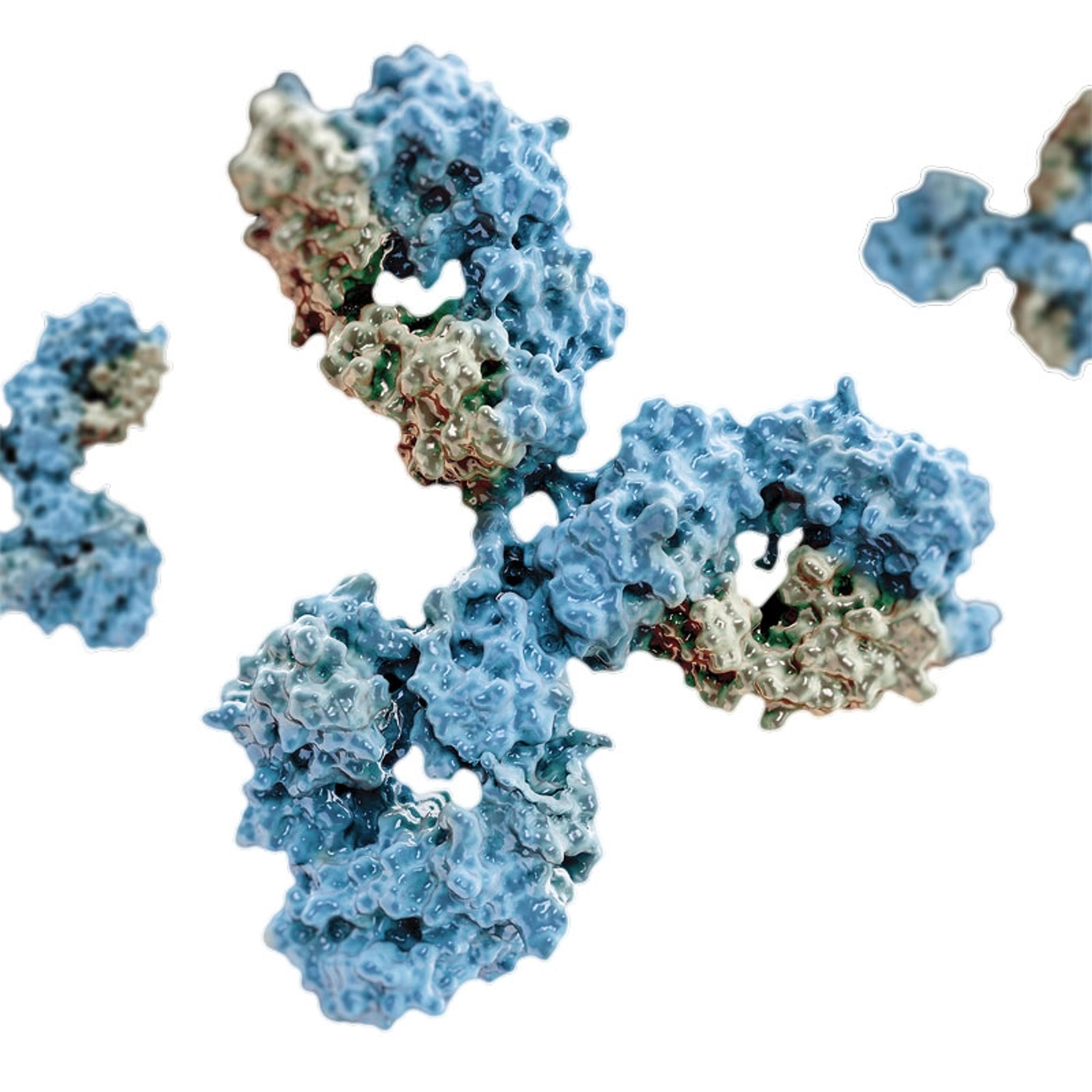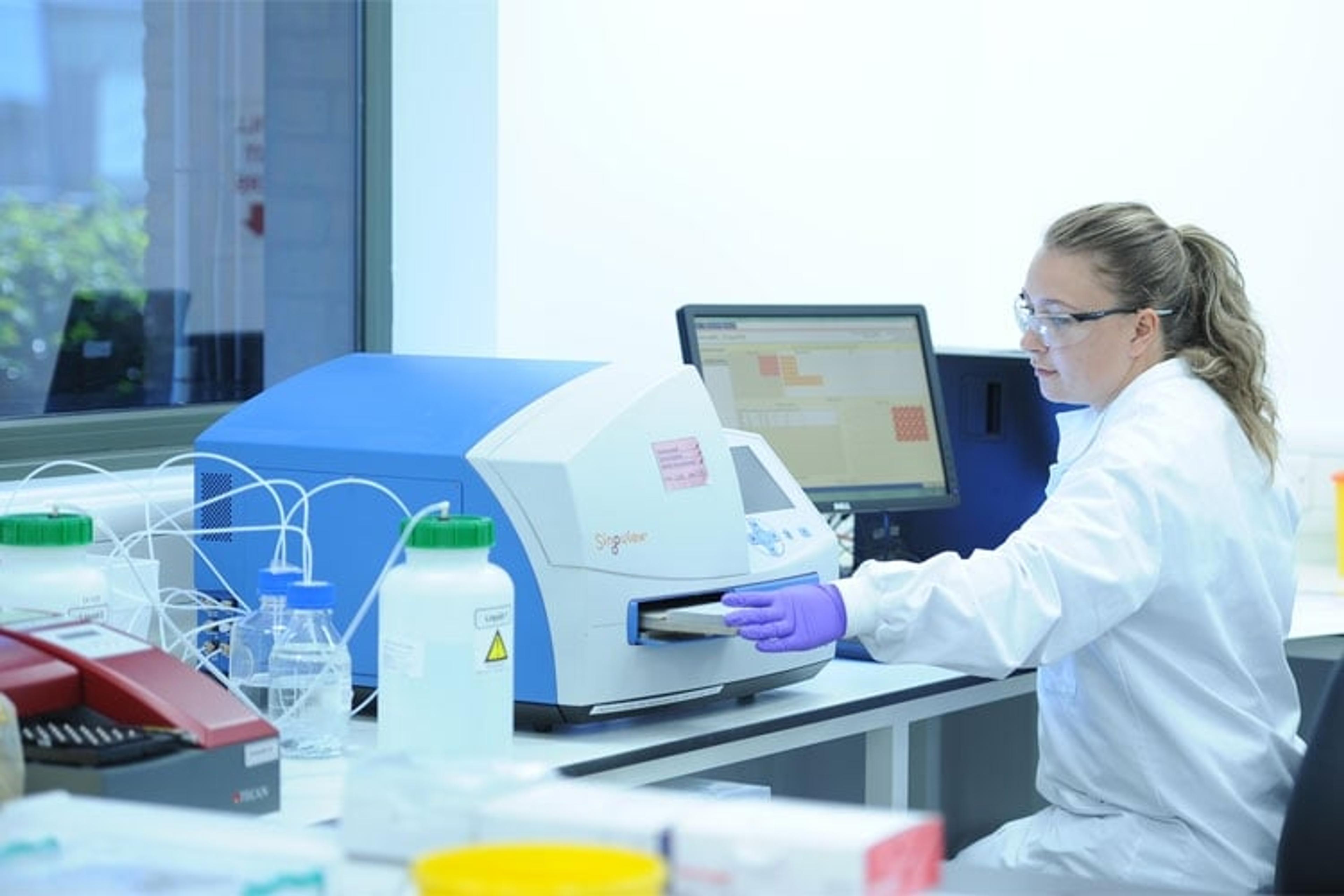Advances in LC-MS Methods for Quantitation of Drugs and Biomarkers in Biological Matrices
Discover how LGC is overcoming the challenges of analyzing peptides with LC-MS
3 Feb 2017

James Howard, Scientist within Drug Development Services at LGC
We plan to continue to screen n-MBA when we analyze peptides as it can give us a good boost in sensitivity for certain peptides
James Howard,
Drug Development Services, LGC
James Howard, a Scientist within Drug Development Services at LGC, gave SelectScience® an insight into his role in the development of LC-MS methods for the quantitation of drugs and biomarkers in biological matrices.
“Peptides are more challenging to analyze using mass spectrometry than small molecules because they are harder to specifically extract from matrix, show greater instability in plasma and a higher sensitivity is required” James explained. He also highlighted that in the spectrum of a typical peptide, a charge state envelope appears and the signal is split over multiple charge states, giving the technique low sensitivity.
One way to overcome the high sensitivity challenge is by using supercharging reagents which are added to the mobile phase. James discussed recent research carried out at LGC into the supercharging reagent m-NBA (meta nitrobenzyl alcohol), which has been successful in altering the peptide charge state distribution enabling high sensitivity to be obtained for some peptides.


